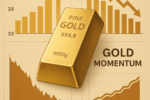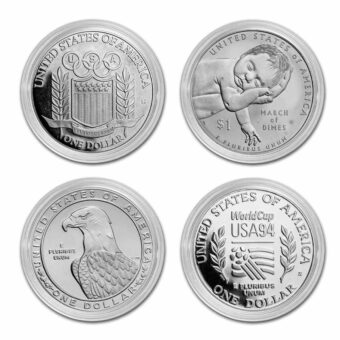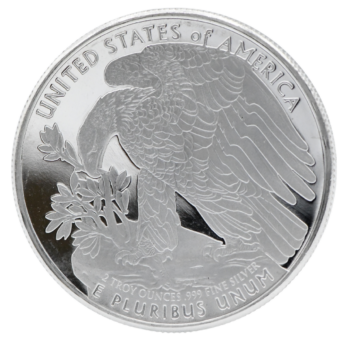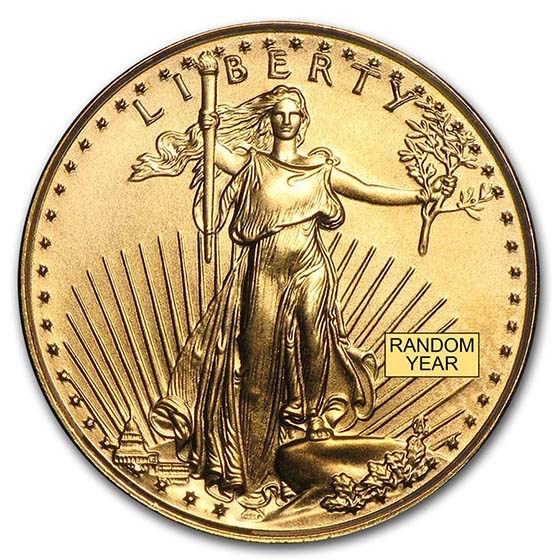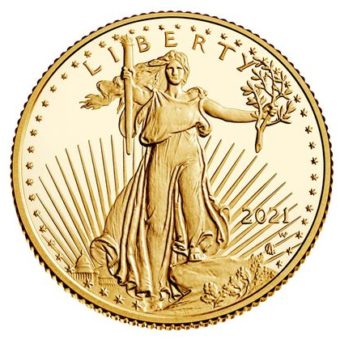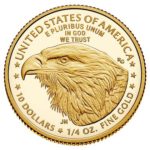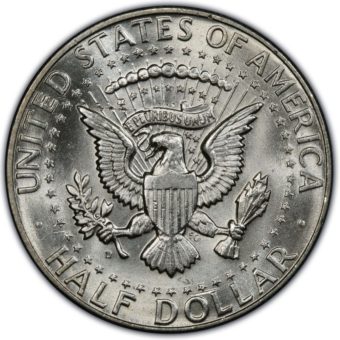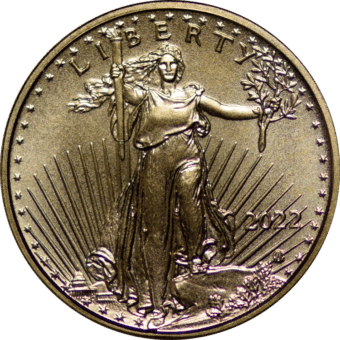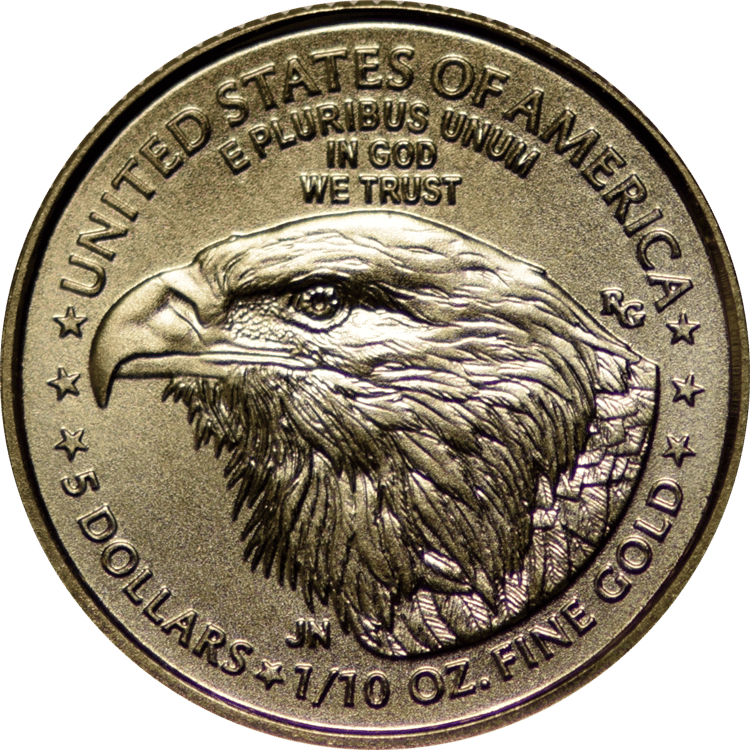In a time marked by evolving monetary policies, trade disputes, and renewed focus on tangible assets, the performance of the U.S. dollar and precious metals offers a clear window into broader economic trends. This week’s developments illustrate how shifts in currency strength, employment data, and legislation are influencing markets’ approach to stability and resilience.
Market Recap: Gold Rebounds, Silver Dips, Dollar Hits Multiyear Low
Monday – 6.30.25:
Gold prices advanced moderately as markets seized on recent price declines to engage in strategic accumulation. August gold climbed $18.60 to settle at $3,305.90 per ounce, while July silver eased $0.152 to $35.885. Broader equity benchmarks, including the Nasdaq and S&P 500, reached fresh highs before trimming gains. Headlines continued to highlight potential risks tied to tariffs and persistent inflation pressures. As the quarter closed, technical considerations added significance to the day’s moves.
Tuesday – 7.01.25:
Gold extended its rally, rising $45.50 to $3,353.00, while silver gained $0.298 to $36.465. The U.S. dollar index fell to its lowest level in three and a half years, accompanied by declining Treasury yields. These shifts heightened expectations for greater monetary flexibility from the Federal Reserve. Market attention turned to the upcoming employment report, forecast to show moderation in hiring trends.
Wednesday – 7.02.25:
Price action in precious metals remained steady, with gold up $7.70 to $3,357.50 and silver advancing $0.293 to $36.69. Participants awaited Thursday’s employment data while monitoring developments in trade negotiations. The Wall Street Journal noted challenges in reaching new agreements as a July 9 deadline approached.
Thursday – 7.03.25:
Gold retreated 1% to end at $3,323.70 following a stronger-than-anticipated June jobs report. The release reduced the likelihood of near-term interest rate reductions, tempering demand for gold as a defensive asset.
Friday – 7.04.25:
Markets paused for the Independence Day holiday.
U.S. Dollar Faces Historic Start to the Year as Economic Headwinds Gather
The U.S. dollar has posted its sharpest first-half decline since 1973, reflecting the confluence of persistent trade frictions, widening deficits, and housing market challenges. The dollar index has shed over 10% since the start of 2025, signaling a notable adjustment in global confidence toward American fiscal management.
While currency softness can improve export competitiveness, it also reduces purchasing power and adds complexity to economic planning. The current backdrop includes a contracting GDP, significant housing market corrections, and rising student loan delinquencies—trends that many view as important signals of underlying strain.
Key Developments:
- The dollar index eased further Monday, marking a sixth consecutive monthly loss and touching 97.05.
- A 44.3% surge in the current account deficit drove it to a record $450.2 billion in Q1.
- GDP growth for Q1 was revised downward to –0.5% annualized.
- Student loan delinquencies climbed to nearly one in four borrowers.
With additional tariffs set to take effect July 9 and geopolitical tensions adding uncertainty, markets are preparing for a potentially active second half of the year.
Gold Pulls Back as Robust Jobs Data Tempers Rate Cut Prospects
Gold prices dipped Friday after fresh employment data pointed to continued strength in the labor market. Nonfarm payrolls rose by 147,000 in June, exceeding forecasts and lowering the unemployment rate to 4.1%. Upward revisions to prior months further reinforced expectations that the Federal Reserve may take more time before initiating rate reductions.
Spot gold declined 1% to close at $3,323.70. While employment gains underscored resilience, some observers noted that a significant portion of new positions were concentrated in government roles, suggesting that private-sector momentum could remain uneven.
Data Highlights:
- Nonfarm payrolls: +147,000 (forecast: +111,000)
- Unemployment rate: 4.1%
- Average hourly earnings: +0.2% month-over-month
- Spot gold: $3,323.70/oz
For gold markets, diminished prospects for imminent monetary easing weighed on sentiment, though the broader economic picture continues to evolve.
Fed Chair Links Tariffs to Persistent Inflation Pressures
Federal Reserve Chair Jerome Powell remarked that the inflationary effects of recent trade policies have been a central factor in the Fed’s measured approach to interest rates. Speaking in Portugal, Powell stated that tariffs enacted by the administration contributed to upward revisions in inflation forecasts, prompting the central bank to pause further rate cuts.
While emphasizing the Fed’s independence, Powell acknowledged the complexity of disentangling policy impacts from broader market dynamics. Meanwhile, discussions about future Fed leadership continued to generate debate in Washington, adding another layer of uncertainty to monetary policy expectations.
By the Numbers:
- Fed funds target range: 4.25–4.50%
- Latest inflation reading: 3.4% year-over-year
- Dollar index year-to-date: –10%
As this dialogue unfolds, market participants will continue to monitor how policy shifts could influence currency valuations and borrowing costs.
Texas Recognizes Gold and Silver as Legal Tender
Texas has enacted a new law formally acknowledging gold and silver as legal tender, a step that aligns with longstanding calls for diversified monetary options. Under the legislation signed by Governor Greg Abbott, residents can use precious metals to complete everyday transactions, though businesses are not required to accept them.
While the move highlights growing interest in alternatives to fiat currency, its practical implications remain to be seen. Previous efforts in other states have demonstrated that widespread adoption often depends on voluntary participation and consumer demand.
Notable Points:
- Law signed June 29, 2025
- Participation by merchants remains optional
- Spot gold price on signing: $3,321.64
This development underscores the continued relevance of precious metals in discussions about economic resilience, even as modern payment systems retain dominance.
Upcoming Economic Events: July 7–July 11, 2025
Monday, July 7
No scheduled reports.
Tuesday, July 8
3:00 PM ET – Consumer Credit (May)
Insights into household borrowing trends and potential signs of financial caution or optimism.
Wednesday, July 9
2:00 PM ET – FOMC Minutes (May)
Details on the Fed’s policy discussions, offering clarity on rate paths and economic assessments.
Thursday, July 10
8:30 AM ET – Initial Jobless Claims (Week Ending July 5)
A gauge of labor market health and emerging employment trends.
10:00 AM ET – Speech by St. Louis Fed President Musalem
Remarks could shape expectations around growth and inflation outlooks.
2:30 PM ET – Speech by San Francisco Fed President Daly
Markets will watch for indications on policy timing and economic confidence.
Friday, July 11
No scheduled reports.
Impact on Precious Metals Markets
Consumer Credit (Tuesday):
Stronger credit growth may suggest steady consumer activity, potentially limiting safe-haven demand for metals. Slower credit expansion could highlight caution, supporting interest in gold and silver.
FOMC Minutes (Wednesday):
A more hawkish tone could weigh on metals by bolstering the dollar and yields. Any dovish elements or indications of concern about growth may create a supportive environment for precious metals.
Initial Jobless Claims (Thursday):
A rise in claims may prompt markets to favor defensive assets like gold. Declining claims could reinforce confidence in economic momentum, applying some pressure to bullion.
Speeches by Fed Officials (Thursday):
Comments highlighting downside risks to growth or signaling that rate hikes are nearing an end could be constructive for metals. Conversely, affirmations of persistent inflation and higher-for-longer policies may dampen enthusiasm.
Call to Action
For those who wish to explore how precious metals can help build lasting financial security and resilience, we invite you to visit our website. Discover guides, in-depth market commentary, and resources designed to help you stay informed in a rapidly changing financial world.




